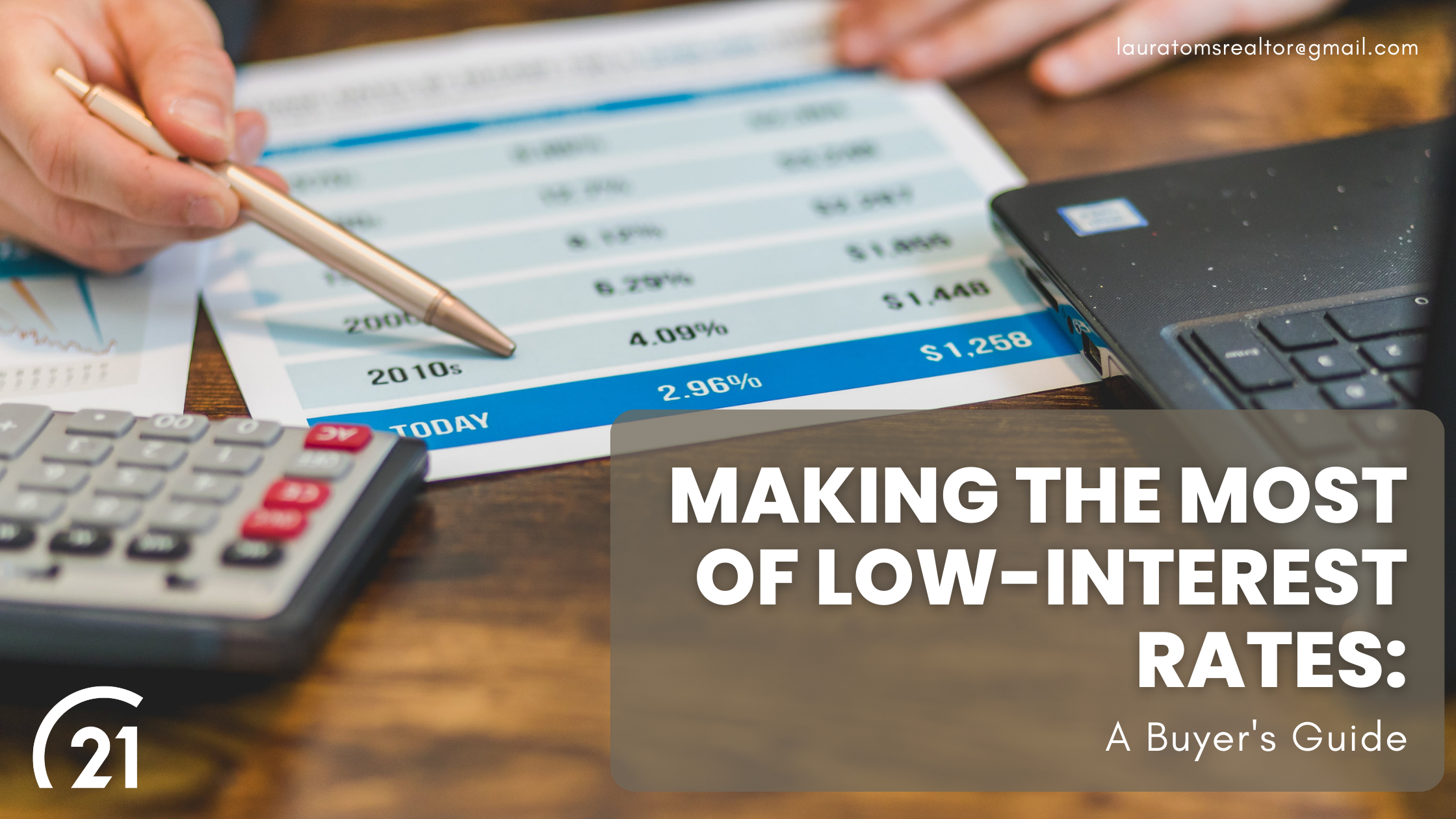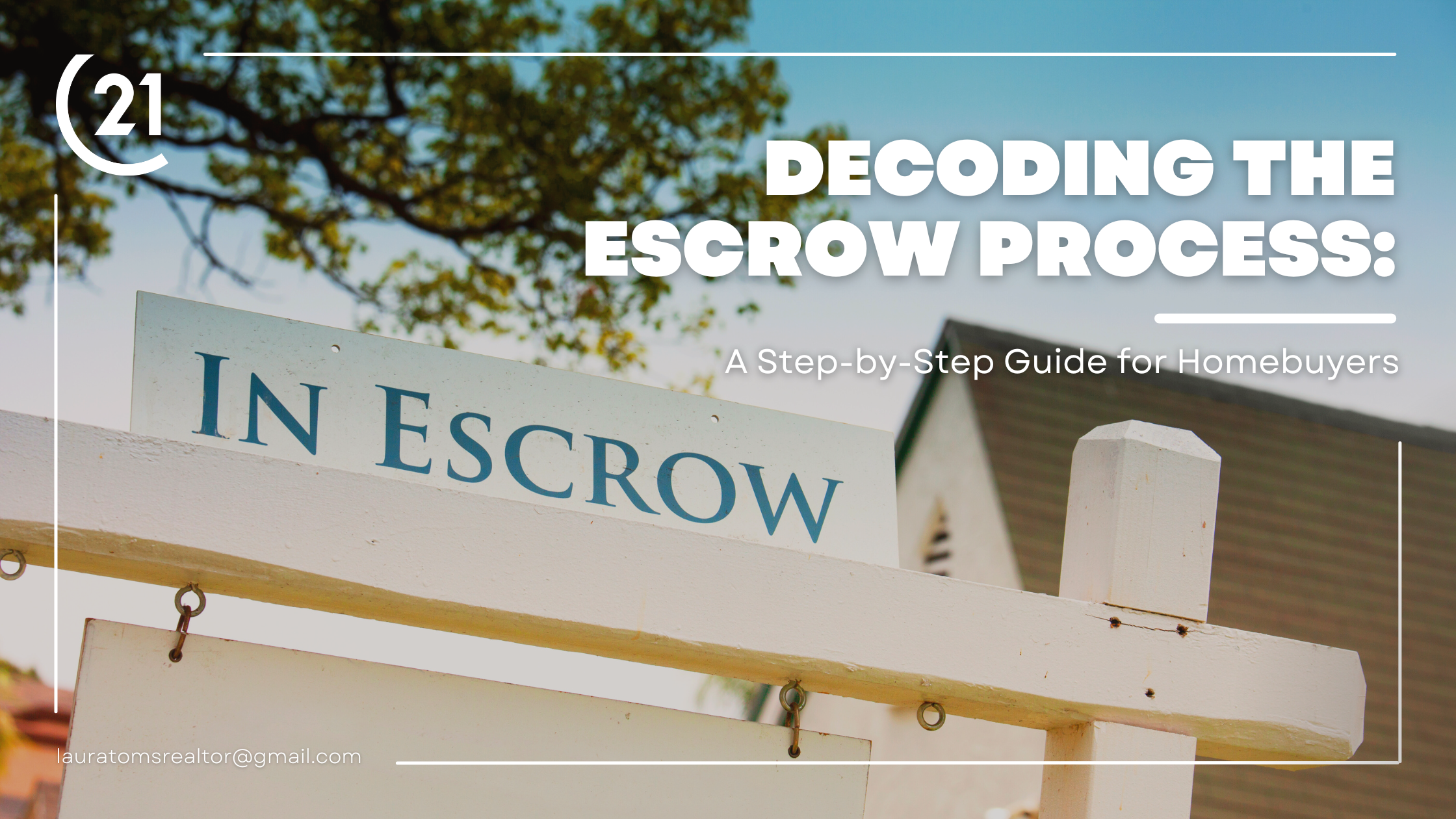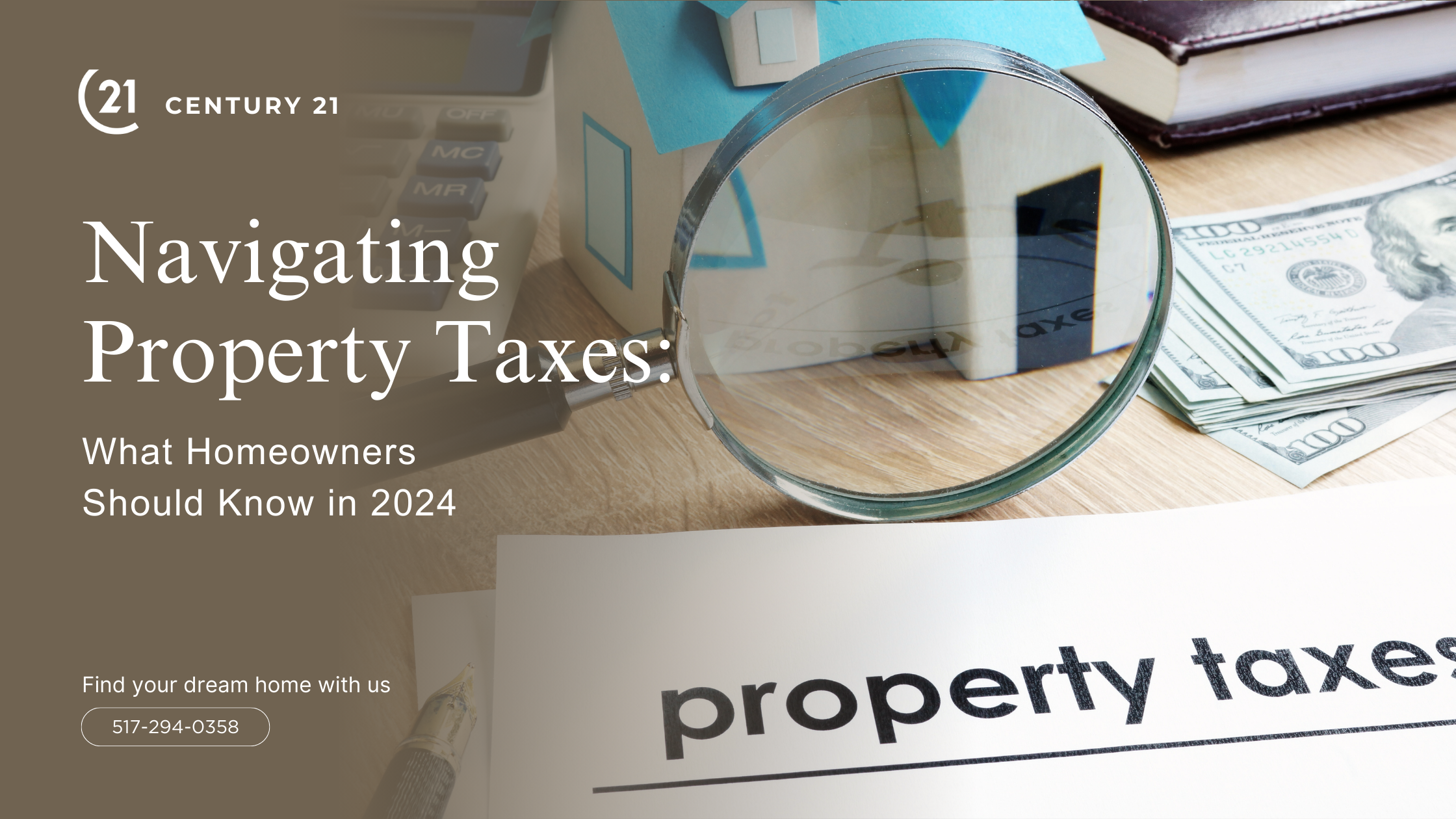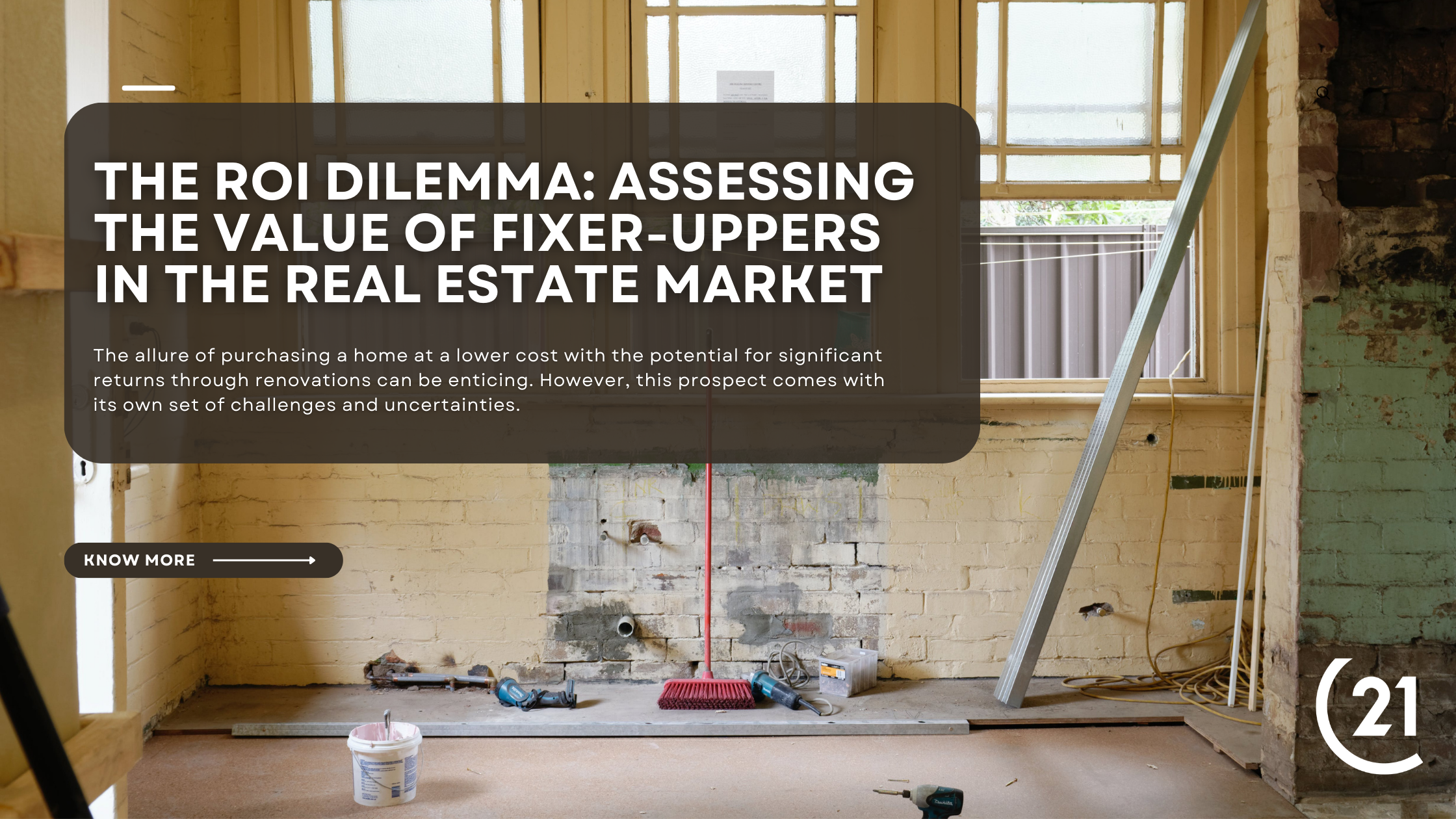When it comes to increasing your property value, strategic home improvement projects can make a significant impact. Whether you’re preparing to sell or simply want to enhance your living space, investing in the right upgrades can yield substantial returns. Here are some of the most cost-effective home improvement projects to boost your property value and attract potential buyers.
Kitchen Remodeling:
The kitchen is often considered the heart of the home, and for good reason. A modern, well-equipped kitchen can significantly increase your property’s value. Focus on updating countertops, cabinets, and appliances. Opt for durable materials like granite or quartz for countertops and stainless steel for appliances. If a full remodel is out of your budget, consider refacing the cabinets or replacing just the doors and hardware for a fresh look. Upgrading your backsplash with contemporary tile designs can also enhance visual appeal. Additionally, incorporating energy-efficient appliances and fixtures can make your kitchen more appealing to environmentally-conscious buyers.
Bathroom Renovations:
Bathrooms are another critical area for potential buyers. Upgrading your bathroom can be a cost-effective way to add value to your home. Consider installing a new vanity, modern fixtures, and energy-efficient toilets and showers. Adding extra storage, new tiles, and improved lighting can also enhance the space. For a more luxurious feel, consider adding a double sink or a walk-in shower with a glass enclosure. Heated floors and towel racks can provide a touch of luxury that buyers appreciate. Also, don’t overlook small details like updated mirrors, high-quality faucets, and coordinating accessories that can tie the room together beautifully.
Energy-Efficient Improvements:
Energy efficiency is a major selling point for today’s buyers. Projects like installing energy-efficient windows, adding insulation, and upgrading to a high-efficiency HVAC system can increase your home’s value and appeal. Solar panels are another great investment; they reduce energy costs and are attractive to environmentally conscious buyers. Additionally, you can upgrade to LED lighting throughout your home, install programmable thermostats, and use weather stripping to seal drafts. Not only do these improvements save money, but they also make your home more comfortable and appealing to a growing market of eco-friendly consumers.
Curb Appeal Enhancements:
First impressions matter, so improving your home’s curb appeal is essential. Simple landscaping projects like planting trees, adding flower beds, and maintaining your lawn can make a big impact. Consider updating the exterior paint, replacing old siding, and installing a new front door or garage door. Adding outdoor lighting and a welcoming walkway can also enhance the overall appeal. Pressure washing the exterior, driveways, and walkways can give your home a clean, well-maintained look. Installing shutters or window boxes and adding a fresh welcome mat and house numbers can provide the finishing touches that make your home stand out.
Basement and Attic Conversions:
Converting underutilized spaces like basements and attics into functional living areas can add significant value. Whether it’s a home office, a guest bedroom, or a recreational room, these conversions can make your home more appealing to buyers. To maximize their value, ensure these spaces are properly insulated, ventilated, and finished to a high standard. For basements, consider adding a bathroom or kitchenette to create a self-contained living area. For attics, ensure proper lighting and consider adding skylights for natural light. These spaces can serve as bonus rooms, play areas, or even rental units, which can be a big draw for buyers looking for extra income potential.
Smart Home Technology:
Integrating smart home technology can make your home more attractive to tech-savvy buyers. Consider installing smart thermostats, security systems, lighting, and appliances. These features not only enhance convenience but also improve energy efficiency and security, making your home more desirable. Smart doorbells, locks, and cameras provide added security and peace of mind. Voice-activated assistants and home automation systems can control everything from lighting to entertainment systems, adding a modern, luxurious touch to your home. Highlighting these features in your listing can attract younger, tech-oriented buyers who are looking for the latest in home innovation.
Flooring Upgrades:
Old, worn-out flooring can detract from your home’s value. Upgrading to hardwood floors or high-quality laminate can create a more modern and attractive look. In areas prone to moisture, such as bathrooms and basements, consider installing durable and water-resistant flooring like tile or vinyl plank. Carpeting can still be appealing in bedrooms for its comfort, but make sure it’s a neutral color and of high quality. Radiant floor heating is another attractive feature, especially in colder climates. Remember to keep the flooring consistent throughout the home to create a cohesive look that appeals to buyers.
Painting and Wall Treatments:
A fresh coat of paint can breathe new life into your home. Stick to neutral colors that appeal to a broad range of buyers. Accent walls, wainscoting, and updated trim can add character and sophistication to your space. Wallpaper, when used sparingly and tastefully, can also add a touch of elegance. Consider textured wall treatments or reclaimed wood panels for a modern, rustic look. High-quality finishes and well-executed paint jobs can make your home look polished and well-maintained. Don’t forget the exterior – a new paint job on the outside of your home can dramatically improve curb appeal.
Outdoor Living Spaces:
Creating outdoor living areas is a great way to extend your usable living space and increase your home’s value. Decks, patios, and outdoor kitchens are highly sought after. Ensure these areas are well-designed, with comfortable seating, and are integrated with the natural surroundings. Adding a fire pit or a pergola can also enhance the outdoor experience. Landscaping features like water elements, garden paths, and built-in planters can make your outdoor spaces feel like an extension of your home. Proper lighting for evening use and weather-resistant furniture will also add to the appeal.
Functional Storage Solutions:
Buyers are always looking for ample storage. Adding built-in shelving, closet organizers, and garage storage systems can make your home more functional and appealing. These improvements not only help keep your home tidy but also make it easier for buyers to envision themselves living there. Custom cabinetry in kitchens and bathrooms, under-stair storage, and attic or basement shelving can greatly enhance the usability of your home. Consider multipurpose furniture with hidden storage to maximize space in smaller areas. Organized, well-planned storage solutions can make even a small home feel spacious and efficient.
Bathroom Additions:
If your home has fewer bathrooms than comparable properties in your area, adding an extra bathroom can significantly increase its value. Even a small half-bath can make a big difference. Ensure the design and finishes match the rest of your home for a cohesive look. Consider the placement carefully to maximize convenience and utility. A bathroom addition can be a particularly good investment in homes with only one bathroom or in larger homes where additional facilities are a practical necessity. Use high-quality fixtures and materials to create a space that feels luxurious and well-thought-out.
Roofing Improvements:
A new roof is a significant selling point for buyers concerned about future repairs. If your roof is nearing the end of its lifespan, replacing it can boost your property value. Choose durable materials that can withstand local weather conditions. Additionally, consider energy-efficient roofing options that can help reduce cooling costs. A new roof can also improve your home’s curb appeal and give potential buyers peace of mind. Ensure that your roofing choice complements the architectural style of your home for a cohesive look. Roof warranties can also be a selling point, providing buyers with additional security.
In conclusion, the right home improvement projects can dramatically increase your property value and make your home more attractive to potential buyers. Focus on areas that offer the best return on investment, such as kitchen and bathroom upgrades, energy-efficient improvements, and enhancements to curb appeal. By strategically investing in these projects, you can enjoy a more beautiful, functional home while also boosting its market value. Remember to keep your target buyers in mind and choose projects that will appeal to the broadest audience. With careful planning and execution, these home improvements can help you achieve a successful sale and maximize your return on investment.


 Facebook
Facebook
 X
X
 Pinterest
Pinterest
 Copy Link
Copy Link





















